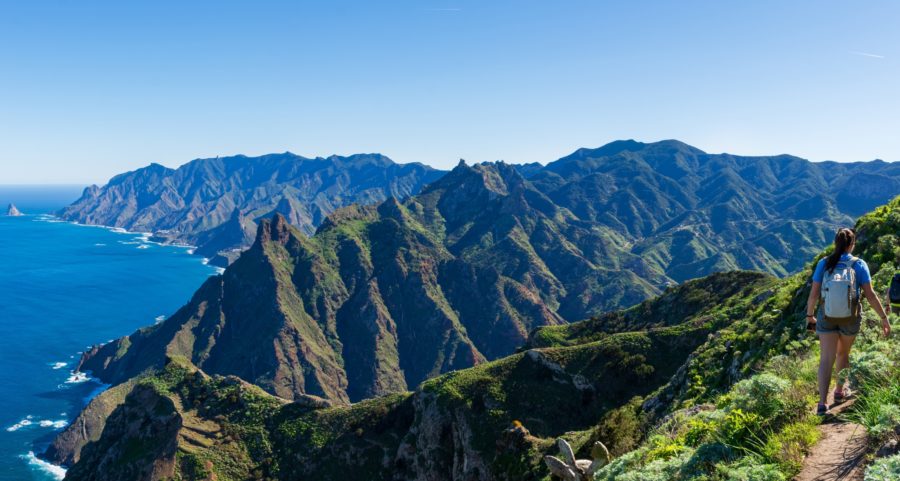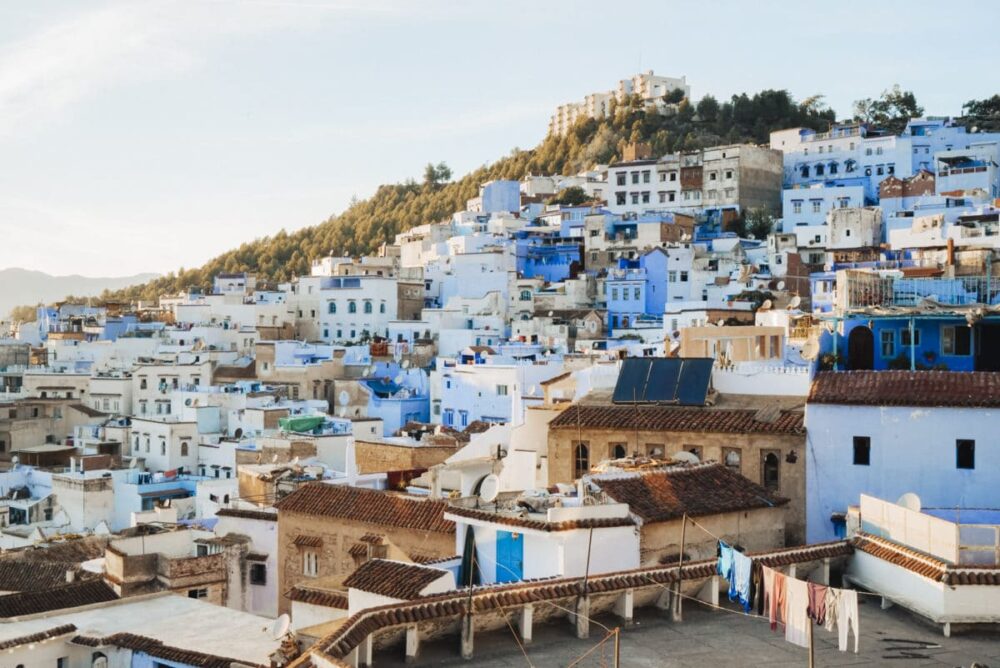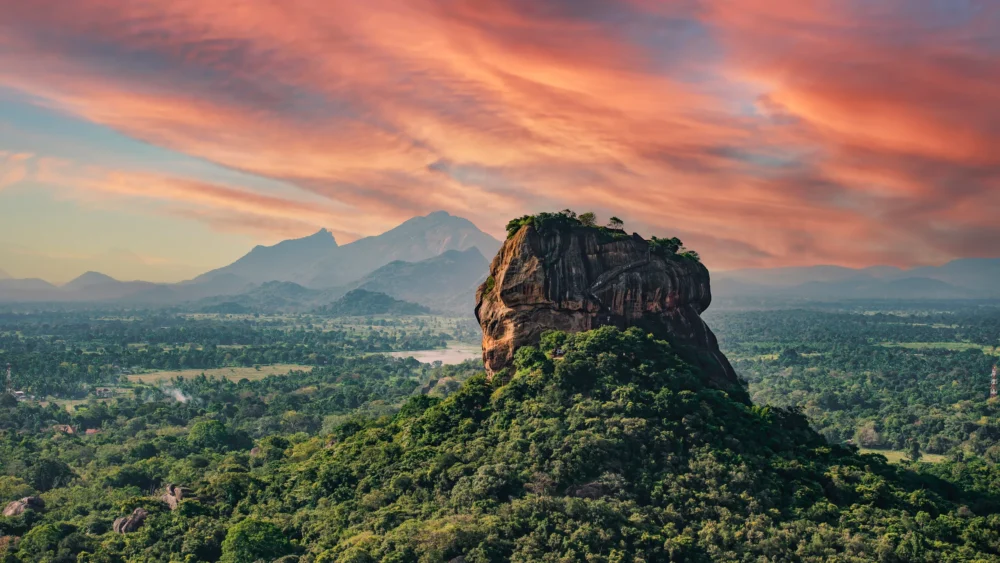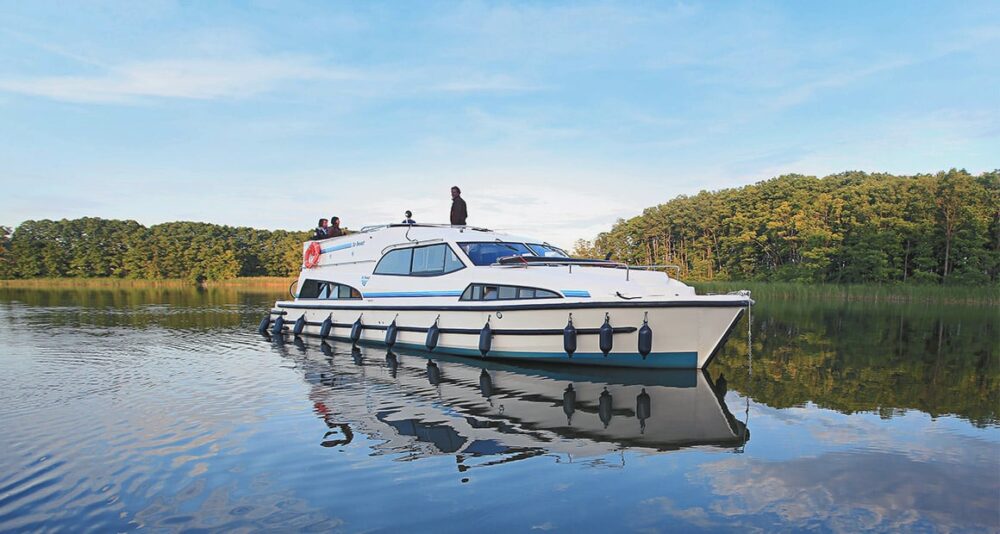Originally created for pilgrimages, facilitating trade, or guiding livestock to the best pastures, many ancient roads wind through the Canary Islands. Today, these paths reveal the authentic beauty and secrets of the archipelago to those who explore them. These routes make for amazing hiking, all year long.
The Way of the Gracioseros
On the small and particularly isolated island of La Graciosa, residents often needed to cross the sea to reach Lanzarote. The Camino de los Gracioseroswas the route taken by coastal inhabitants to reach the villages where markets were held. This 4.5-kilometer trail, primarily traversed by women, winds through the steep cliffs of Famara in northern Lanzarote. It was a vital route for trade at the time, allowing them to transport dried fish, which they exchanged for agricultural products.
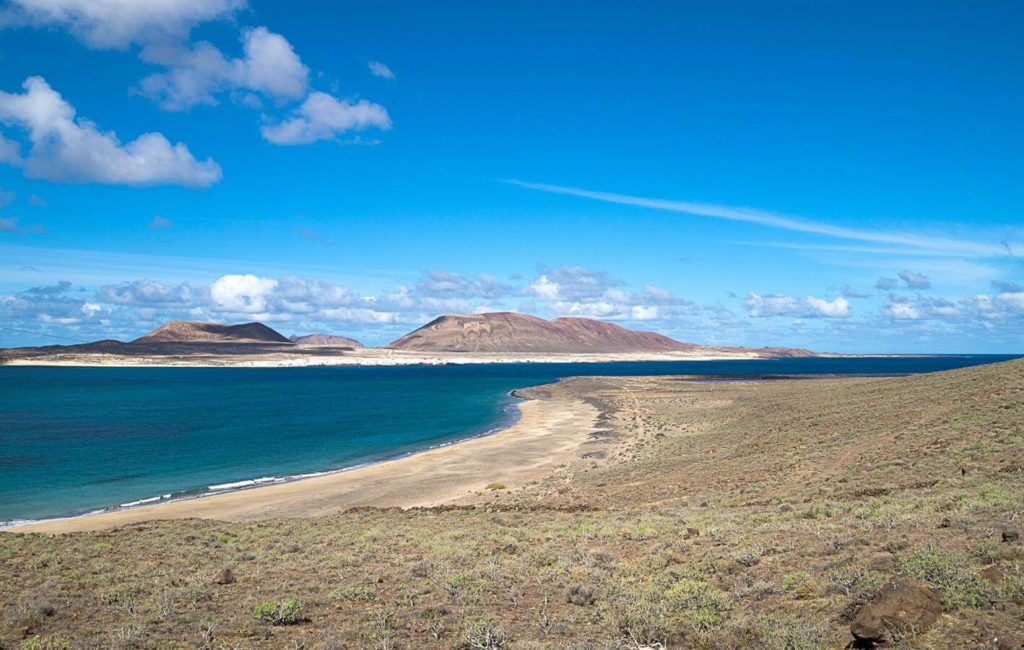
Camino de La Faya
The Camino de La Faya crosses the eastern part of La Palma, offering breathtaking views. This path, which travels through diverse ecosystems, leads hikers from the majestic pine forests of El Paso to the lush green landscapes that characterize the island’s western side.
Along the way, travelers encounter numerous viewpoints, such as the Mirador Astronómico del Llano del Jable, where they can enjoy magnificent panoramic views of La Palma’s east coast. With a maximum altitude of 1,530 meters above sea level and a journey lasting more than five hours, the Camino de La Faya is an ideal day-long excursion for active explorers on the island.
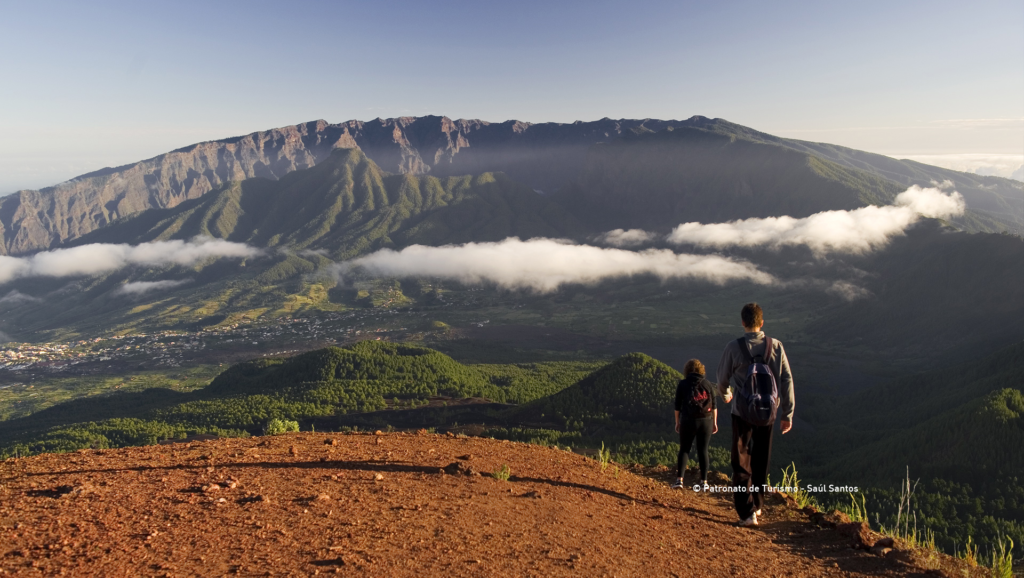
The Camino de Santiago
This 66-kilometer journey invites travelers to explore the golden dunes, volcanic landscapes, nature reserves, and enchanting archaeological sites of Gran Canaria. According to legend, the path was first marked out in the 15th century by Galician sailors inspired by Saint James himself, who wished to build a hermitage on the heights of Tirajana after surviving a terrible storm.
The Camino de Santiago begins at the dunes of Maspalomas in the south of Gran Canaria and first stops in the white village of Fataga, nestled in a natural gorge known as the Valley of a Thousand Palm Trees. After passing through Tunte, the path continues to Cruz de Tejeda, where the peaks of Gran Canaria reveal their full splendor. The final stretch, from Cruz de Tejeda to Gáldar, is perhaps the most captivating, winding through spectacular volcanic formations and picturesque agricultural landscapes, dotted with charming rural settlements. Along this section, travelers can admire the Risco Caído and the sacred mountains of Gran Canaria, a UNESCO World Heritage Site.

The Way of the Virgin
This route leads visitors deep into the heart of El Hierro, following ancient paths once used by shepherds and their livestock. It crosses unique natural environments, allowing hikers to observe the island’s diverse forests: juniper, pine, and laurel. The 27-kilometer path can be walked in several stages, making it more accessible. This route holds significant cultural importance for the island’s inhabitants, retracing transhumance paths and passing by the Monument to the Peasant by artist Tony Gallardo, symbolizing human labor. It is also a route for religious pilgrimage, passing the hermitage of Dehesa and the church of Valverde, key stops in local pilgrimages.

El Camino de La Plata
This challenging path stretches along a mountain ridge in the heart of Gran Canaria and was once used by shepherds and early inhabitants to lead their cattle to greener pastures. The Camino de la Plata 15 kilometers, following steep steps and old mule tracks. Surrounded by pine forests, broom, tajinastes, and verodes, this trail offers a journey through the island’s wild and untouched beauty. From the Degollada de Becerra to the Garañón via the La Plata pass, every step reveals breathtaking landscapes and the raw beauty of Gran Canaria.


